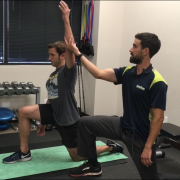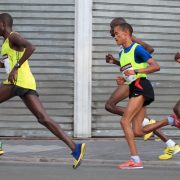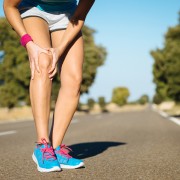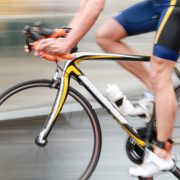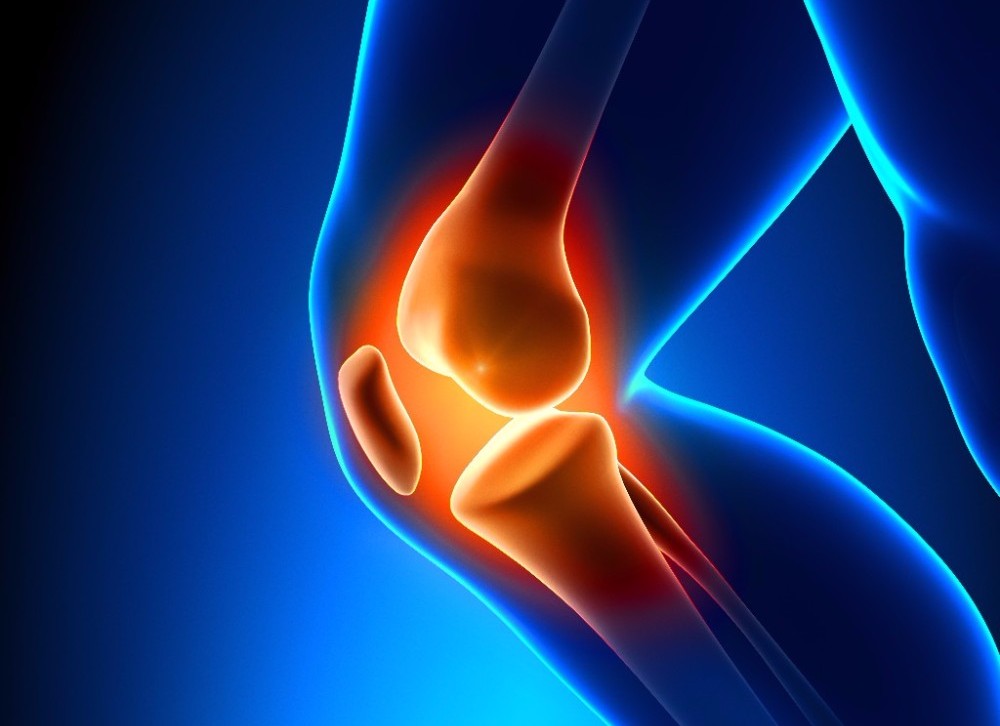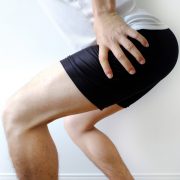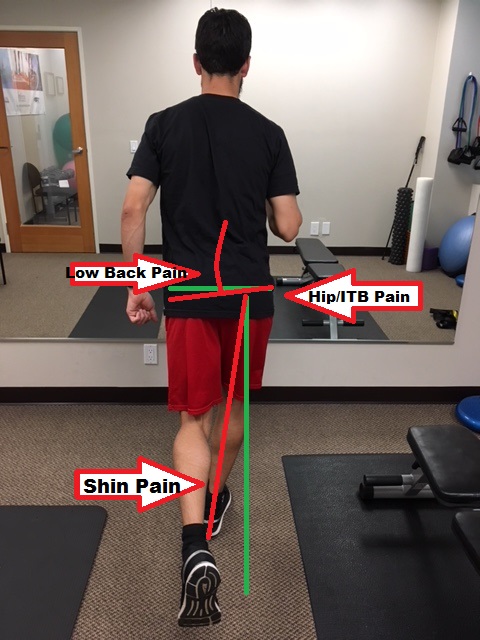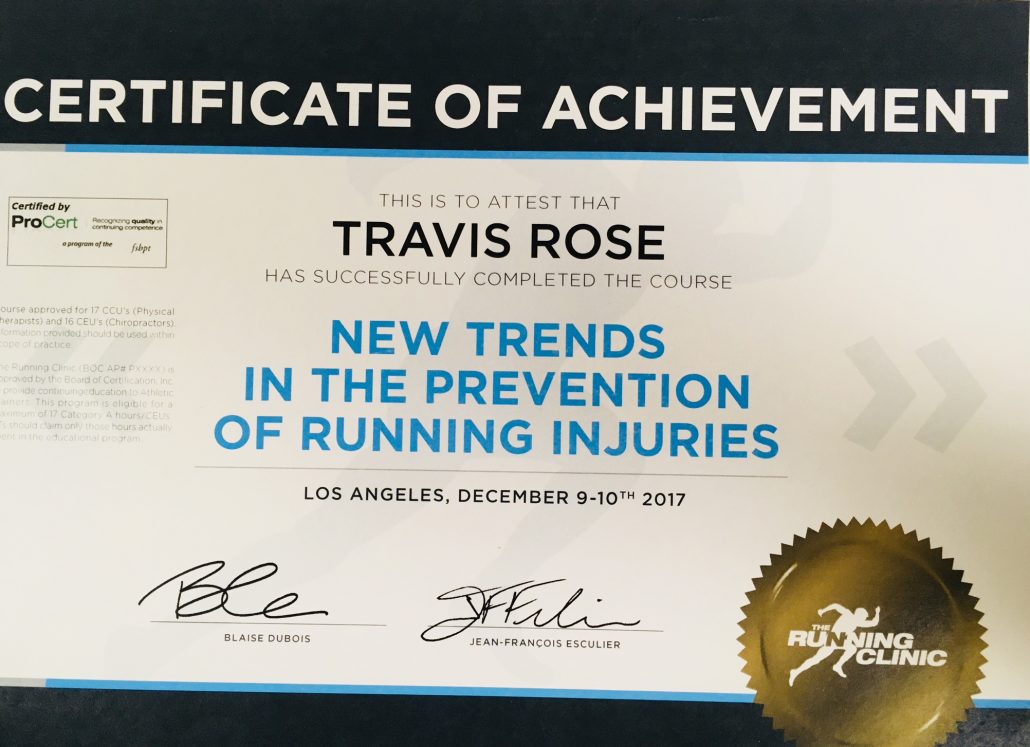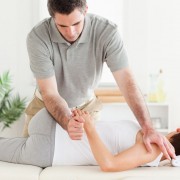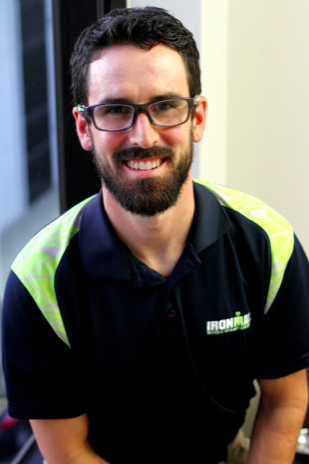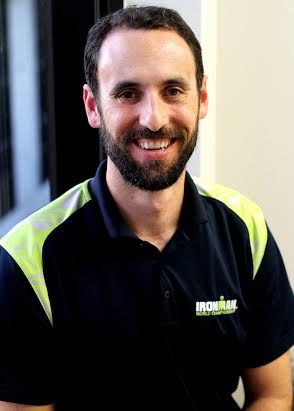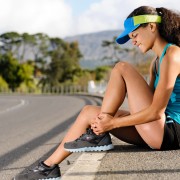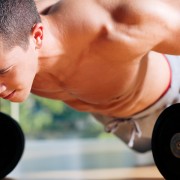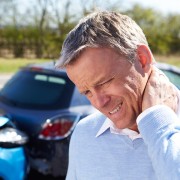How to Perform an Effective Hip Flexor Stretch
A Safe and Effective Hip Flexor Stretch
The main muscles that make up the “hip flexors” are the rectus femoris, iliacus, and psoas major. This muscle group can become overactive and tight resulting in a variety of musculoskeletal issues. Many people perform a hip flexor stretch as a routine, or to help with a specific condition: knee pain, hip pain, back pain. Unfortunately, we see many patients who are performing a hip flexor stretch incorrectly and are exacerbating their condition. Take back pain as an example. Tight hip flexors can cause abnormal posture through the low back resulting in joint compression and irritation. Many patients will then stretch the hip flexors aggressively to help alleviate the symptoms. However, in an effort to loosen up the hip flexors, patients are compromising their low back by compressing a twisting the joints. To stretch the hip flexors properly, there are a few cues that you want to pay close attention to. Take a look at the following video; we go through the proper set up and execution of a safe hip flexor stretch.
Now, if you search “Best hip flexor stretch” you will get thousands of results and some are going to look really cool, and effective. At our chiropractic office in Mission Valley, San Diego we strive for keeping the exercises simple, accessible, and effective. Many of the “cool” or “aggressive” hip flexor stretches often put patients into compromised positions for their condition. Try this version of the hip flexor stretch. If you are suffering from low back, knee, or hip pain, please schedule with us to get a full evaluation. We specialize in treating sports injuries and tight hip flexors are a common presentation we see in our athletes as well as our workforce patients. Our office, Peak Form Health Center, is conveniently located off Texas Street, in Mission Valley, San Diego.

